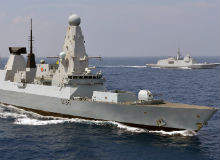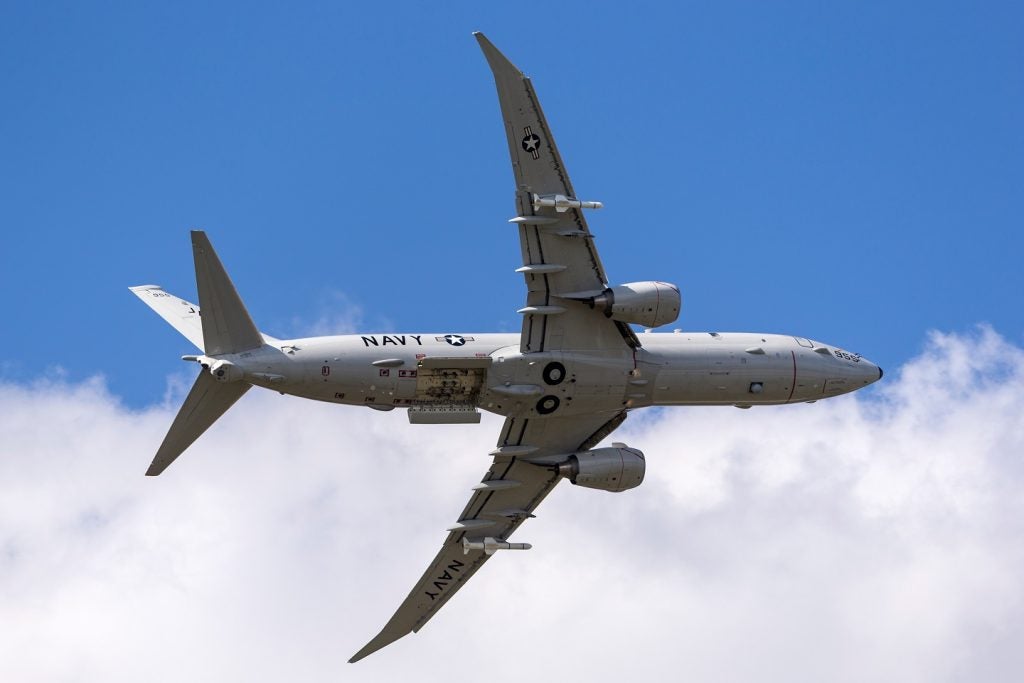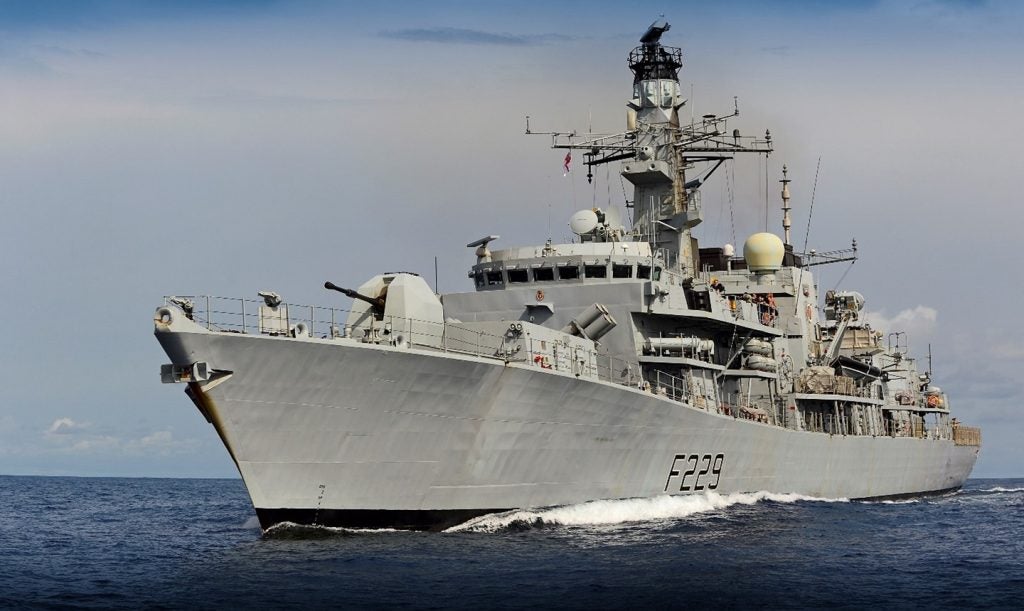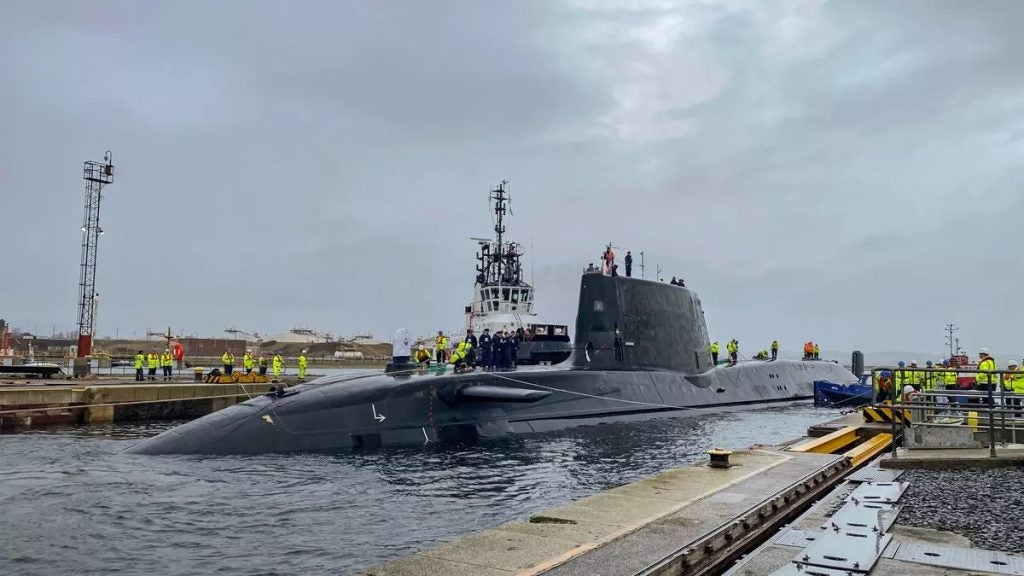
The UK Royal Navy’s Daring class Type 45 destroyers are the backbone of the navy’s global mission, which includes everything from conducting anti-piracy, anti-people and anti-drug smuggling missions; high intensity warfighting; anti-air warfare to defend the fleet from air attack; and ring-leading the UK response to international humanitarian aid following natural disasters.
The navy has six Type 45 destroyers. Built by BAE Systems, they are the most advanced warships the UK has ever made. Their mission role as air warfare destroyers is to shield the fleet from air attack. The vessels can detect and track hundreds of targets simultaneously; and using their Sea Viper missile, they can knock targets out of the sky up to 70 miles away.
Each destroyer has a displacement of 7,500 tonnes, length of 152.4 metres and maximum beam of 21.2 metres. Top speed is 27 knots and the vessel’s range maxes out at 7,000 miles.
The rumour mill
Impressive as the vessels are, the Ministry of Defence (MoD) and the Royal Navy were recently forced to admit that there are major problems with the ships and that, even though they have only recently been brought into service, they will need to undergo a process of major refit, slated for 2019. Indeed, rumours that the Type 45s aren’t completely fit for purpose have swirled around the programme for several years.
What appears to be at issue is the reliability of the vessels’ electrical generation. The Daring class was the first UK front line warship to have a fully integrated electric propulsion system, allowing the entire vessel to run off a single power plant. This was billed as making the Type 45 45% more economical than the Type 42 it replaced.
But as far back as 2009 there were reports that first-in-class HMS Daring had lost all power mid-Atlantic and had to put in to port in Canada for repairs. There have been a number of further similar incidents, with HMS Daring and HMS Dauntless appearing to be most affected.
How well do you really know your competitors?
Access the most comprehensive Company Profiles on the market, powered by GlobalData. Save hours of research. Gain competitive edge.

Thank you!
Your download email will arrive shortly
Not ready to buy yet? Download a free sample
We are confident about the unique quality of our Company Profiles. However, we want you to make the most beneficial decision for your business, so we offer a free sample that you can download by submitting the below form
By GlobalDataFull (electric) steam ahead
The sophisticated propulsion design used by the vessels is the integrated full electric propulsion (IFEP) system. The navy settled on the design because it offers a number of advantages including: fuel efficiency, flexibility in locating the engines and reduced maintenance and manning requirement.
Aboard each ship, the two WR-21 gas turbines (GTs) and two Wärtsilä 2MW diesel generators provide AC power for the motors that propel the ship and provide power for the ship’s systems. The former were designed in an international partnership with Rolls-Royce and Northrop Grumman Marine Systems.
In January the BBC revealed that it had seen an internal email from a serving navy officer that stated “total electric failures are common” on the destroyers. As a result, the MoD was forced to admit that there were reliability issues with the propulsion system and work would be needed to ensure the “ships remain available”.
Although the MoD has not been forthcoming with information, everything suggests that although the turbines are generally of a sound design, there is a problem with the intercooler-recuperator. This system recovers heat from the exhaust and recycles it into the engine, making it more fuel-efficient, and reduces the ship’s thermal signature.
It has been reported that the intercooler unit has a major design flaw that causes the gas turbines to fail occasionally. When this happens, the electrical load on the diesel generators becomes too great and they fail, leaving the ship dead in the water with no source of power or propulsion.
Tackling the problem
However, it is unclear whether this is the true cause of the problems. The MoD, clearly embarrassed by the issues but also worried about security, has been reluctant to detail the full extent of the problems despite media requests and the involvement of Parliament. In a March letter to the head of the defence select committee, secretary of state for defence Michael Fallon stated that the vessels were suffering from a number of problems. He said that a 2011 study established there was no single cause for the low reliability, but that there was a “large group of unconnected individual causes.”
Rolls-Royce has also been less than forthcoming in stating what it thinks the problems are, but has continually stressed that it remains committed to working with the MoD and navy to resolve the issues.
A fix has been costed, but there is no indication of what that cost is or who will foot the bill. The solution is believed to revolve around cutting a large hole in the hull of each ship to install another diesel engine, in addition to the two gas turbines and two diesel engines already installed.
In his letter, Fallon stated that “a power improvement plan (PIP) will improve system resilience by adding upgraded diesel generators to provide the electrical generation capacity required to meet many propulsion and power requirements without reliance on WR21.”
Reports suggest that the MoD is currently talking with four contractors to assess the technical options and that an assessment phase would likely be launched later this year to consider technical details ahead of approval to go ahead with the programme.
This would then see each of the six ships taken out of service in a staged arrangement from 2019 to complete the refit. However, there is no information yet on how long each refit will take or how long the entire programme will last, leaving an already overstretched navy scrambling even further as it looks towards the arrival of new flagship aircraft carriers.







